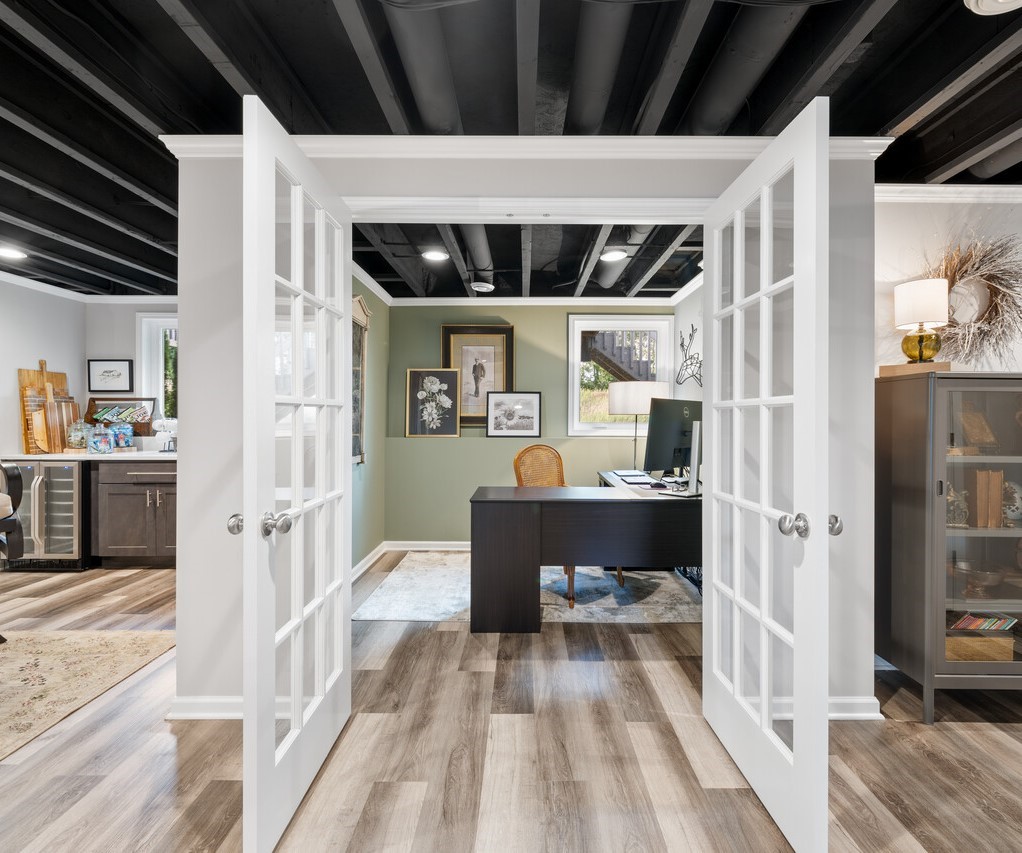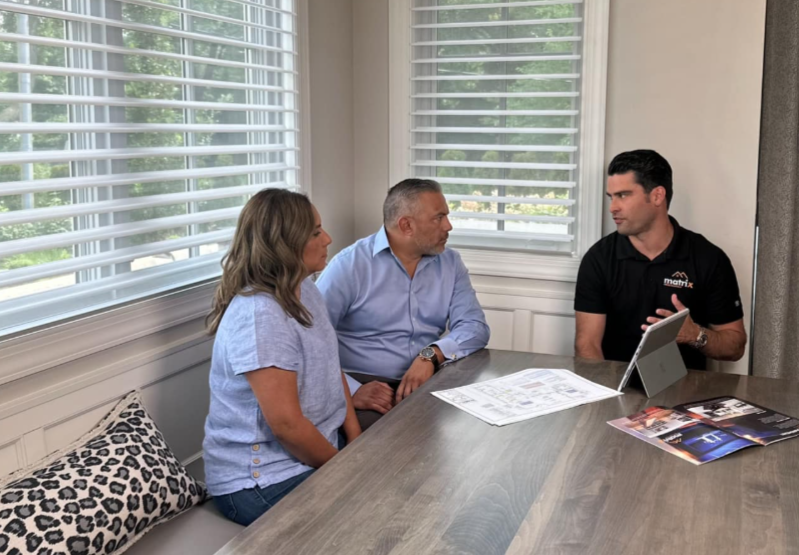There's little doubt that basement waterproofing should be at the top of any homeowner's to do list. Not only is waterproofing important to minimize the risk of mold buildup, but it also damages the structural integrity of the home. Waterproofing a basement requires attention to detail, including pinpointing the spots of problems, learning what the cause is, and finding a curative solution for the underlying condition. And, then, you'll need to use the proper methods to lock out moisture for good.
What Exterior Fixes Are There?
Water coming into the home's foundation or basement walls may be due to exterior problems. It is always best to ensure that water moves away from the home with natural grading, but even this will not guarantee that water won't seep in. There are several options for exterior waterproofing for basements, including:
- Drain field repairs
- Damp proofing the membrane or coating use
- Exterior waterproofing using dimpled membrane mats and tile
- Diverting water away from the home off the roof and otherwise
Exterior waterproofing is important especially for significant moisture problems that stem from exterior problems. It is best, in these instances, to work closely with a professional waterproofing company since these are invasive repairs in most instances.
Interior Water Proofing
The inside of the home is just as important to protect. Luckily, there are numerous methods to waterproofing a basement from this vantage point as well. Keep in mind that unless the underlying cause is repaired from the exterior, though, you may not see the best possible results. The following are some interior basement waterproofing solutions that work well.
- Waterproofing paints, which create a watertight barrier between the wall and surface
- Epoxy wall and crack injections, which are necessary when existing gaps are present
- Pipe and gravel solutions, an "old school" method of waterproofing that may work in some homes
- Above floor baseboard channel creations, a more invasive solution for long term help and significant water invasiveness
- Subfloor basement waterproofing system, installed professionally to safely remove most water concerns from the basement
- Footer basement waterproofing systems, necessary in some home designs for effective water removal and prevention.
Which of these basement waterproofing solutions should you use for the interior of your home? This depends on the extent of the condition as well as on your budget, the underlying problem, and aggressiveness. In most cases, paint and crack sealing only works for minor problems. You'll want total waterproofing solutions for more invasive problems to ensure you get complete control.
Basement waterproofing is not something to put off. The longer the problem exists, the more damaging it will be to your home's value and overall condition. More so, basement waterproofing systems are often best handled by professionals that specialize in this type of product. This ensures proper results and precision workmanship. Don't overlook the value that waterproofing your basement can add to your home. Invest in the right system for the problems you are having.
Subscribe to Matrix Basements's Blog







Comments